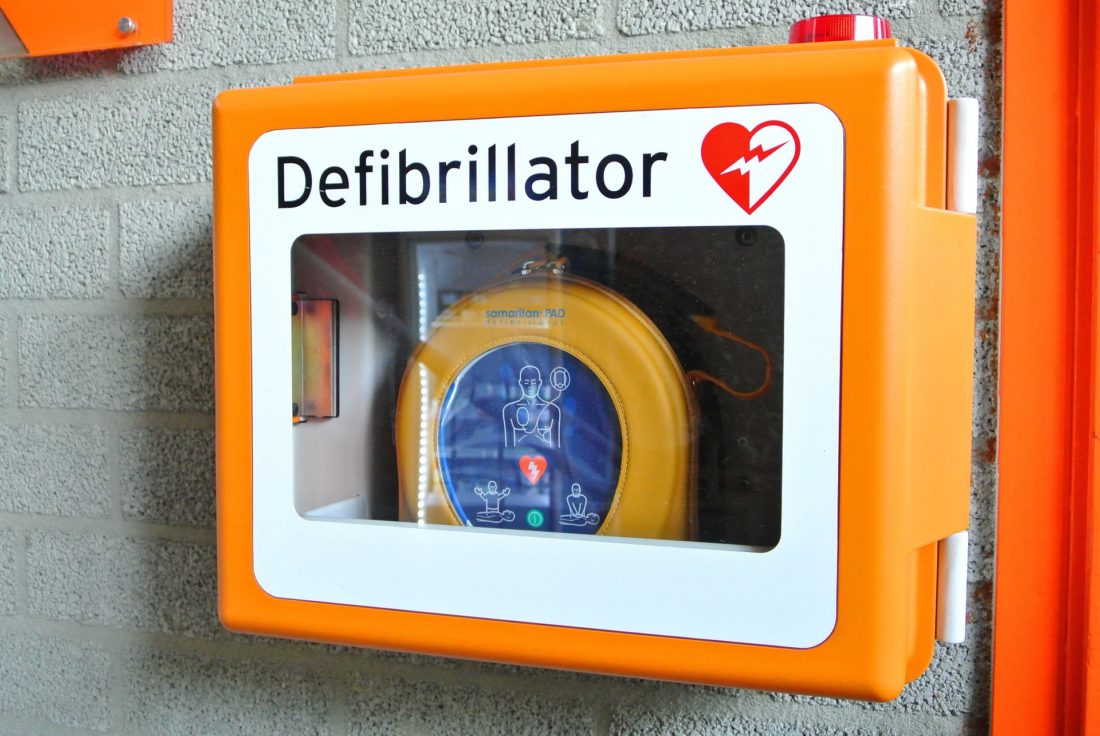How Do Defibrillators Work?
 At one stage or another, most of us have watched a defibrillator get used in a dramatic Hollywood film or medical soap opera. They’re often used in situations where the patient is flatlining to give them some kind of electric jolt to restart their heart. The only problem here is that this depiction is entirely wrong. How do these mystical machines work to save human lives, then? In this article, we take a look at the defibrillator fundamentals to help you learn what these incredible devices do in relation to the human body.
At one stage or another, most of us have watched a defibrillator get used in a dramatic Hollywood film or medical soap opera. They’re often used in situations where the patient is flatlining to give them some kind of electric jolt to restart their heart. The only problem here is that this depiction is entirely wrong. How do these mystical machines work to save human lives, then? In this article, we take a look at the defibrillator fundamentals to help you learn what these incredible devices do in relation to the human body.
Defibrillator basics
While defibrillators in Australia don’t seem to be commonplace, they’re used extensively in medical environments. Defibrillators work by sending a high energy electric shock through the heart that is intended to return the individual’s heart to a normal working state in the event it goes into cardiac arrest. The shock itself is called a defibrillation, which is why the machine is called a defibrillator. Defibrillators are primarily used when a patient experiences a cardiac arrest, which is an electrical disturbance in the heart. Their heart will still be functioning at this point, unlike the depiction in films, and the electrical shock introduced by the defibrillator is intended to remedy the initial disturbance and return the heart to its normal rhythm. During a cardiac arrest the heart stops pumping blood around the body, and if this continues for too long the brain will eventually be starved of oxygen, resulting in a loss of consciousness and the ceasing of breathing. This is why many people are unresponsive when experiencing a cardiac arrest and may not demonstrate signs of breathing.
How defibrillators work
Even though defibrillators are complicated pieces of machinery, they are extremely simple to use. Diagrams and spoken step-by-step instructions on the machine provide simple guidance to ensure that even in distressing situations the steps are not misconstrued. The first step in using a defibrillator is to apply the pads of the device to the patient’s chest – this will involve the peeling off of the pads off the plastic and application onto bare skin. Typically, these steps should be occurring at the same time as someone else administering CPR, with ideally two people managing the one patient during the process. During the next step when the defibrillator attempts to analyse the patient’s heart rhythm, the CPR must cease in order to find the right rhythm. If the device determines that the heart rhythm can benefit from a shock, it will notify the operator. Then the operator will press the shock button while making sure that no other individual is touching the health patient.
The magic of electricity
After delivering the shock, the defibrillator will notify the operator that they can resume giving CPR, and this entire process is repeated until the patient once again demonstrates signs of life. It might also be the case that the defibrillator will need to re-asses the patient’s heart rhythm to deliver a new shock. There will be some cases where the defibrillator will identify that the patient will not actually be helped by a shock at all – in these instances, it’s best to continue performing CPR until the patient can be taken to a hospital.